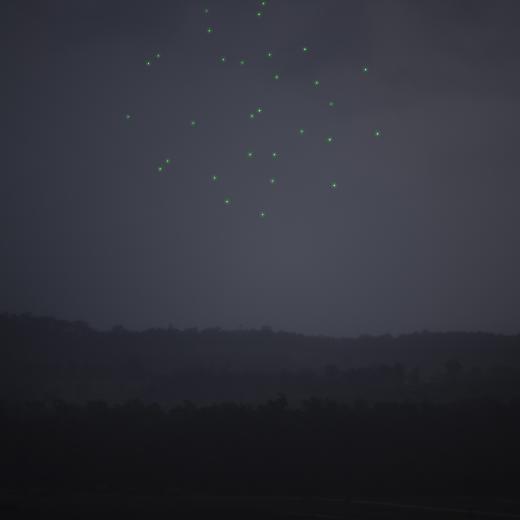BLUF
A new computer file format that helps process DNA samples 30 times faster than existing systems has been developed by the University of NSW (UNSW) and the Garvan Institute of Medical Research in Sydney.Summary
This article by Neil Martin, writing for UNSW Newsroom, makes the following points:
- Nanopore sequence analysis can now provide quicker and better-specialised treatments for cancer and other diseases.
- Nanopore sequencing is used to identify a range of diseases and also helps medical professionals analyse DNA samples in greater detail to offer more personalised treatment.
- DNA data has routinely been recorded in a file format size of around 1.3 terabytes. Historically, it has taken around two weeks to process and analyse such large files.
- The new technology, known as ‘Slow5’, allows samples to be processed about 10.5 hours—30 times faster than before.
References
Recent Runway Posts related to this topic:
References from the Web:
- FEB 2022 New file format helping researchers reduce DNA analysis time—ZDNet
- FEB 2022 New DNA program to help cancer patients—Canberra Times
Source Information:
- Article Source: UNSW (University of NSW) Newsroom
- Media Check: UNSW Newsroom - Media Bias Fact Check unavailable
- LEARNING OUTCOMES—RUNWAY | The Runway (airforce.gov.au)





